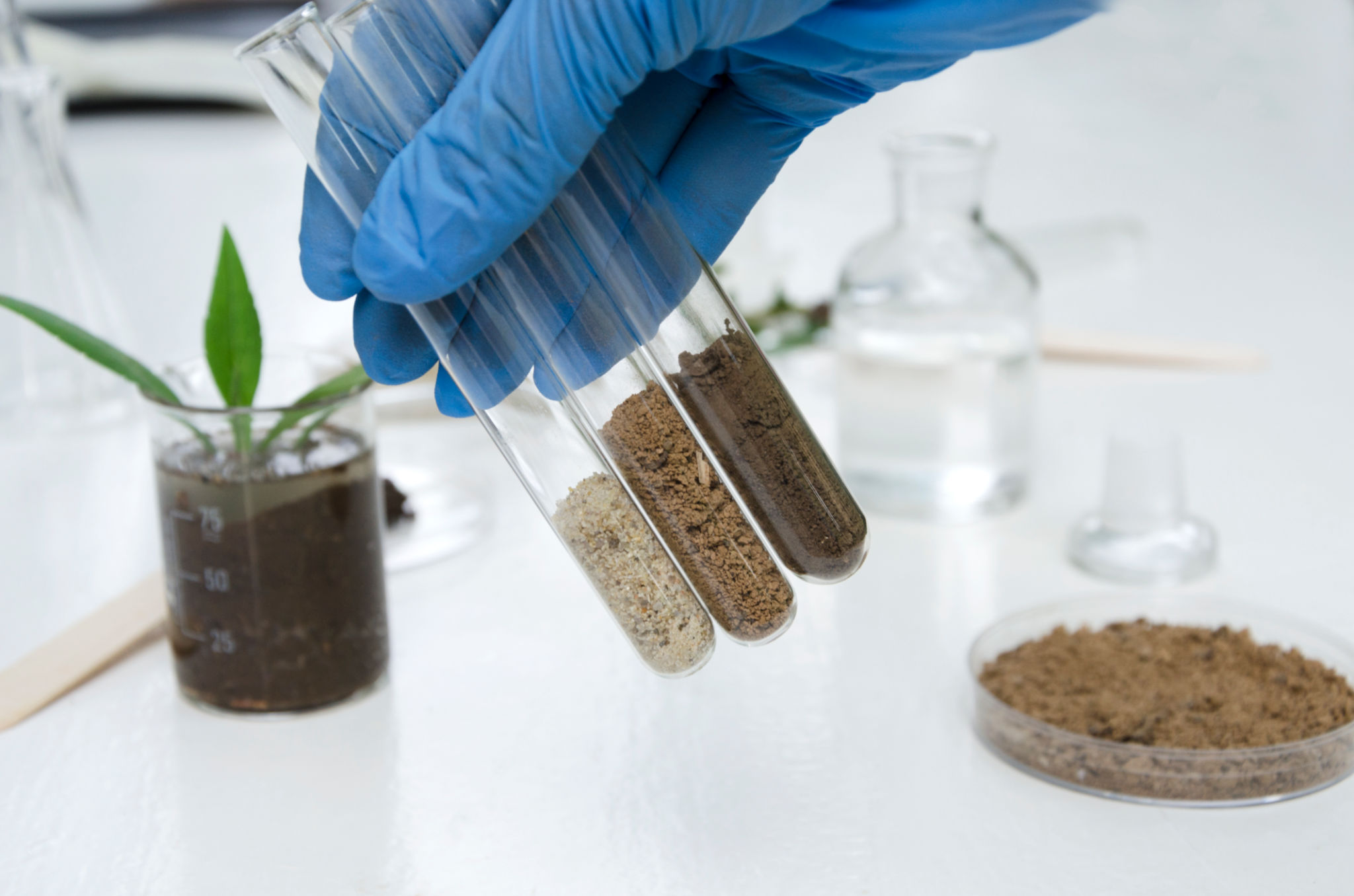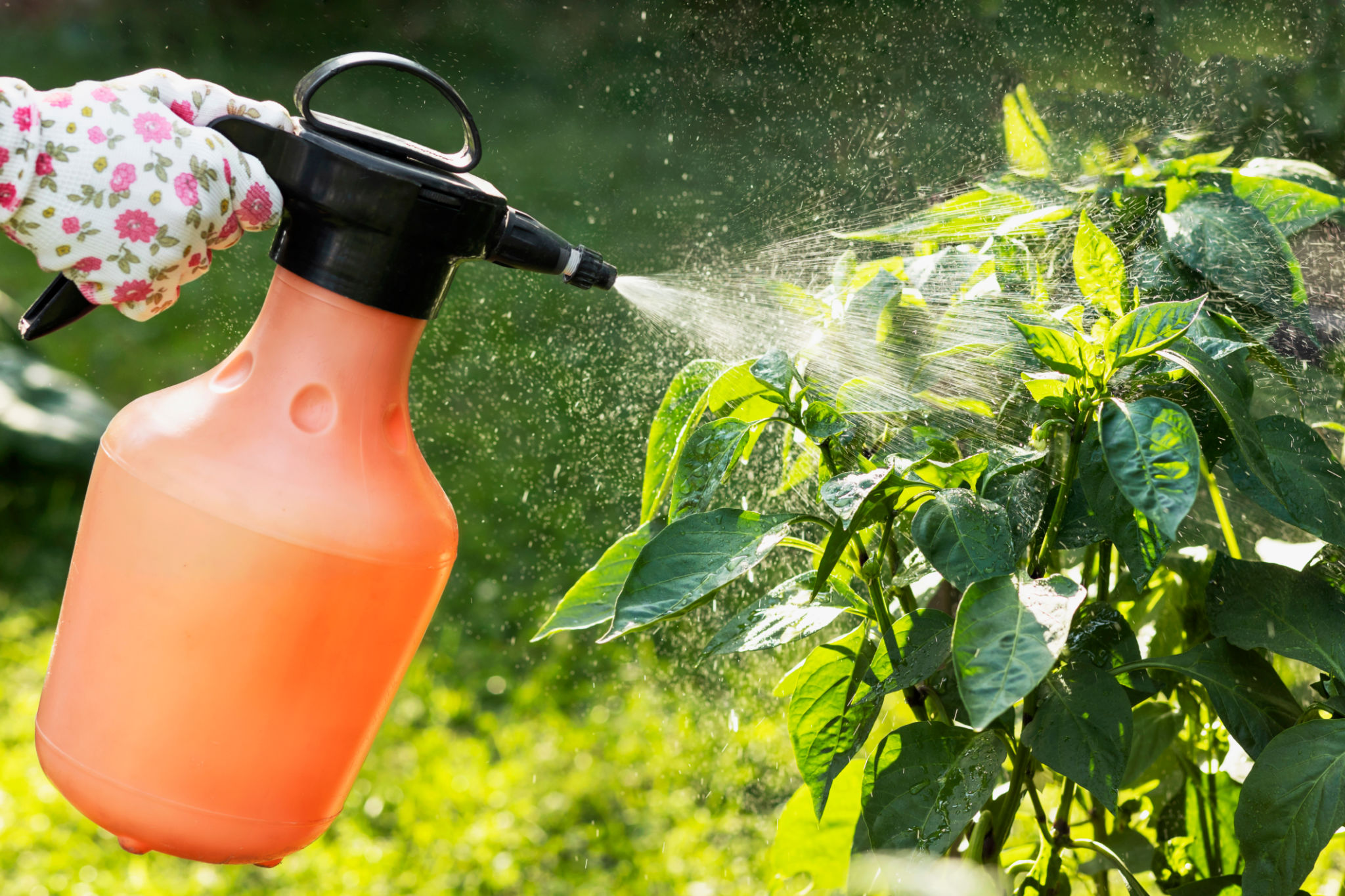How to Choose the Right Agricultural Inputs for Your Farm
Understanding Your Farm's Needs
Choosing the right agricultural inputs is crucial for the success of your farm. The first step is to understand your farm's specific needs, which can vary depending on factors such as soil type, climate, and crop selection. Conducting a thorough analysis of these factors will provide a solid foundation for making informed decisions about which inputs will best support your farming activities.
Consider performing a soil test to determine nutrient levels and pH balance. This will help you identify any deficiencies that need to be addressed. Additionally, assessing your local climate conditions will guide your choices in selecting crops that thrive in your region.

Selecting Quality Seeds and Planting Materials
The quality of seeds and planting materials is a fundamental aspect of successful farming. High-quality seeds often lead to better crop yields and resilience against pests and diseases. It is important to source seeds from reputable suppliers or certified nurseries to ensure their authenticity and quality.
Look for seeds that are resistant to local pests and diseases, as this can reduce the need for chemical treatments. Consider investing in hybrid varieties if they are suitable for your farm, as they can offer higher yields and improved resistance.
Fertilizers: Organic vs. Inorganic
Fertilizers play a critical role in providing essential nutrients to crops. When choosing fertilizers, you need to decide between organic and inorganic options. Organic fertilizers, such as compost and manure, are environmentally friendly and improve soil health over time. However, they may work more slowly compared to inorganic fertilizers.

Inorganic fertilizers, on the other hand, offer a quicker release of nutrients and can be tailored to meet specific crop requirements. They are often more concentrated but can sometimes lead to soil degradation if not used properly. Balancing both types may provide optimal results for your farm.
Pest and Disease Management
Protecting crops from pests and diseases is another key consideration when selecting agricultural inputs. Integrated Pest Management (IPM) strategies can help minimize the reliance on chemical pesticides by utilizing biological controls, cultural practices, and resistant varieties.
When pesticides are necessary, choose products that are effective yet have a minimal environmental impact. Always adhere to recommended application rates and safety guidelines to ensure the well-being of your farm ecosystem.

Investing in Equipment and Technology
Modern farming increasingly relies on technology to improve efficiency and productivity. Investing in the right equipment can significantly streamline operations. Consider machinery suited to your farm size and type of crops you grow. Tractors, plows, seeders, and irrigation systems are essential tools that can boost productivity.
Additionally, adopting precision agriculture technologies such as GPS-guided equipment or drones for monitoring crop conditions can enhance decision-making and optimize resource use.
Cost Considerations and Budgeting
Finally, it's important to factor in cost considerations when selecting agricultural inputs. Developing a budget that aligns with your farm's financial capacity is crucial. While it may be tempting to cut costs by choosing cheaper inputs, investing in higher-quality products often results in better yields and long-term savings.

Compare prices from different suppliers and consider bulk purchasing or forming cooperatives with other farmers to benefit from discounts. Remember that wise investments in agricultural inputs can lead to substantial returns over time.
